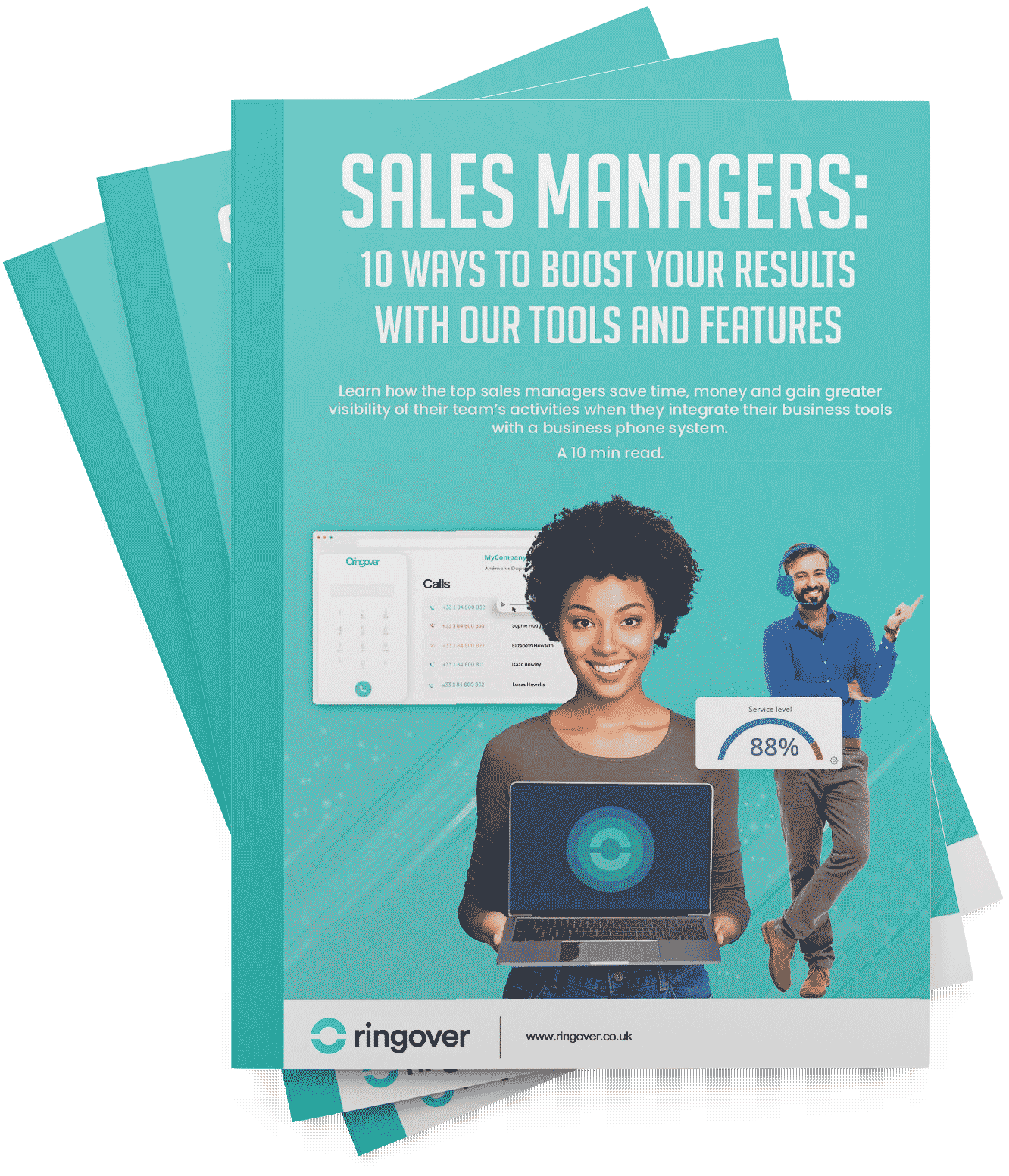Summary
This valuable tool will be your ally in identifying, contacting, and successfully persuading your future clients. But what exactly is a prospecting portfolio, and how can it be designed to maximise your sales performance? This article will address these questions, providing you with all the tools you need.
We'll start by explaining what a prospect database is, highlighting its objectives and various benefits. Then, we'll guide you through the steps to create one, ensuring it aligns with the specific needs of your target audience, your offer, and your sales strategy. Next, we'll teach you how to organise and prioritise your prospects to improve productivity and the effectiveness of your approach.
Finally, we'll cover the essential resources for optimal management of your prospecting portfolio.
What Is a Prospect Database?
A prospecting database is a resource designed to strengthen your business development by identifying and carefully outlining the strategy to adopt for attracting new clients. It includes the sales objectives aimed for, identifies targeted prospects, details the specific business initiatives to undertake, and specifies the organisation and resources needed to effectively conduct prospecting campaigns.
This key document helps structure your sales strategy, ensuring consistent tracking of the evolution of your relationships with prospects. It gathers and organises crucial information on each one, such as the organisation or individual's name, contact information, industry, as well as their specific needs, motivations, hesitations, and potential objections.
Beyond structuring your efforts, the prospect database is essential for prioritising your actions, maximising the efficiency of your time, and adjusting your sales pitch according to the specific characteristics and familiarity of each prospect. It plays a critical role in assessing the performance of your prospecting actions and converting prospects into loyal clients.
Thus, the prospect database serves as a foundational tool for any business aspiring to increase its revenue and strengthen its base of loyal customers. We will explore the best practices to create and use this document optimally.
Prospect Database: Steps to Prepare It Effectively
Understanding the importance of a prospecting dossier to boost your business is one thing; knowing how to create it effectively is another. Here are the key steps to creating a prospecting dossier that makes a difference:
1. Understand Your Market
Market analysis is the starting point. This crucial step involves an in-depth study of your sector: identifying trends, recognizing opportunities and threats, and analysing competitors.
A thorough understanding of these elements will allow you to define your unique positioning, refine your product or service offering, and stand out effectively.
2. Set Your Objectives
Setting specific objectives is the next step. Your prospecting goals should be clearly defined and aligned with the SMART methodology: Specific, Measurable, Achievable, Realistic, and Time-bound.
Whether it's reaching 100 new prospects per month, generating 20 appointments, or closing 5 sales, your objectives should guide your prospecting strategy.
3. Build a Prospect Database
Building a solid database of contacts to target is essential. This starts with a precise definition of your target audience, based on various criteria (geographic, demographic, behavioural, etc.).
Use all resources available to compile a quality prospect file: directories, social networks, referrals, forms on your website, and more.
4. Refine Your Sales Pitch
Next, prepare an impeccable sales pitch. Your message, intended to convince your prospects, should be as clear as it is persuasive, adapted to the chosen communication channel, and, above all, personalised.
Highlight the benefits of your offering, anticipate and counter possible objections, and create a sense of urgency to encourage action.
Ringover has a call script feature connected to its call campaign tool. You can edit your frameworks and have them on hand when speaking with your prospects.

Another way to refine your sales pitch is by using a conversation intelligence tool. The best conversation analysis solutions provide insights into the quality of your interactions and indicate any areas for improvement.
5. Initiate Your Prospecting Campaign
The fifth step is crucial: launching your prospecting campaign. This involves reaching out to your prospects and presenting your offer. Choose your communication channels carefully—phone, email, social media—to ensure you effectively reach your target audience. It's also essential to determine the optimal timing for initiating contact, considering your prospects' buying cycle and availability.
6. Don't Overlook Follow-Ups and Tracking
The sixth step involves ensuring diligent follow-up on your prospecting efforts. Maintain the connection with prospects until the sale is finalised, requiring regular follow-ups and diversifying your communication channels and message content.
Keeping your prospecting file updated is also crucial. Document all relevant information for each prospect, such as the date of the last contact, the stage of the sales process reached, any objections encountered, and more.
How to Sort and Rank Prospects
After carefully preparing your prospecting file and reaching out to prospects, how do you identify the ones with the highest potential to become customers?
To accomplish this, it's essential to sort and rank prospects according to their interest level and readiness to engage with your offering. This approach enables you to structure your efforts effectively, tailor your approach, and boost your conversion rate.
One of the most popular methods is lead scoring, which assigns each prospect a score based on predefined criteria. These criteria may be demographic (age, industry, role) or behavioural (site visits, content downloads, email opens). This scoring reflects a prospect's fit with your offering and their progression within the buying cycle. High scores signal highly qualified prospects, closer to making a purchase decision.
Using this lead scoring, prospects can be segmented into categories:
- Cold Prospects (1-25 points): They've shown some interest but are not ready to buy. Regular communication and targeted content can help nurture their interest.
- Marketing Qualified Leads (MQLs) or Interested Prospects (26-50 points): They've recognized a need or problem that your solution addresses. They need further information to continue their buying journey.
- Sales Qualified Leads (SQLs) or Hot Prospects (51-75 points): They show clear buying intent and are open to engaging with sales. Quick follow-ups and personalised offers are recommended.
- Clients (76-100 points): They have invested in your solution and are satisfied. Retain their loyalty and encourage them to share positive experiences to become brand ambassadors.
Ranking prospects in this way helps optimise prospecting management and improve the likelihood of successful conversions.
A business phone system optimises your contact centre operations by providing omnichannel communications, so you can reach clients in the manner they prefer.
What Tools Can Help Manage Your Prospecting File?
Effective prospecting file management is essential for marketing and sales professionals. After defining your prospect list, it's critical to have the right tools to automate, streamline, and analyse daily sales activities. Here are the top solutions to enhance your prospecting:
CRM (Customer Relationship Management)
A CRM is an invaluable tool, centralising and organising client and prospect data efficiently. It helps create and update detailed profiles, plan actions, manage sales pipelines, and track performance metrics. Leading CRM solutions include Salesforce, HubSpot, Pipedrive, and noCRM.
A High-Performance Telephony Solution
For prospecting calls, a robust telephony platform simplifies communication with features like click-to-call, call recording, and CRM integration. Popular telephony solutions include Aircall, Ringover, and Callpage.
Key Takeaways
This article has guided you through the fundamentals of a prospecting file—its preparation, effective use to boost your sales activities, and more. You now have a solid understanding of how to analyse your market, set objectives, build a prospect base, refine your sales pitch, launch your prospecting campaign, and maintain follow-up contact with prospects.
We also covered essential tools for optimal management of your prospecting file, including CRM systems, telephony platforms, and automation solutions.
With this information and advice, it's time to take action. Get started building your own prospecting database today with free trials from Empower and Ringover.



